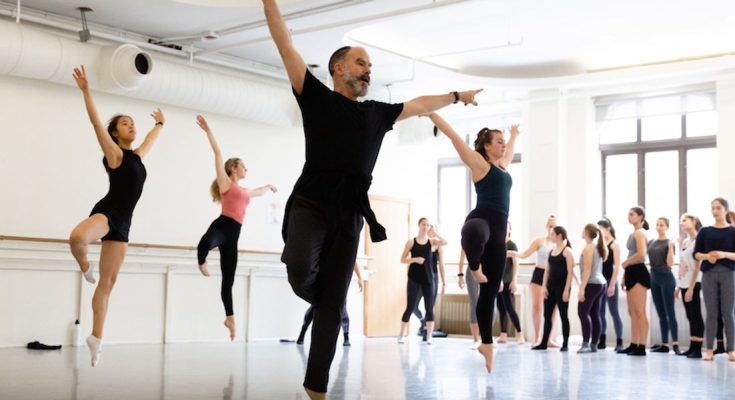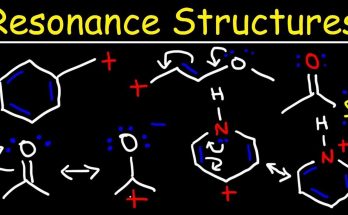Business can learn a great deal from dancers—not just about movement, but about mindset, discipline, and presence. Dancers operate in a world where precision meets fluidity, where structure coexists with spontaneity, and where every gesture carries intention. These qualities, often cultivated through years of practice and performance, offer valuable lessons for organizations seeking to navigate complexity, foster creativity, and build resilience. At first glance, the connection between dance and business might seem abstract, but when you look closer, the parallels are striking.
One of the most profound lessons dancers offer is the art of adaptability. In performance, dancers must respond to subtle shifts—a partner’s timing, a change in music, an unexpected cue. They train to be alert, responsive, and fluid, even under pressure. Businesses, too, operate in dynamic environments. Markets shift, technologies evolve, and customer expectations change. The ability to adapt gracefully, without losing rhythm, is a strategic advantage. Dancers don’t resist change—they move with it. That mindset can help businesses stay agile and responsive in the face of uncertainty.
Dancers also embody discipline. Behind every effortless performance is hours of rigorous practice, repetition, and refinement. They understand that mastery is built over time, through consistent effort and attention to detail. In business, this kind of discipline is often overlooked in favor of speed or novelty. But sustainable success requires the same commitment to craft. Whether it’s refining a product, improving a process, or developing a team, the path to excellence is paved with deliberate practice. Dancers remind us that behind every moment of brilliance is a foundation of hard work.
Presence is another quality dancers cultivate that businesses can emulate. On stage, a dancer must be fully present—aware of their body, their surroundings, and the energy of the audience. This presence creates connection. It draws people in. In business, presence is just as powerful. Leaders who are fully engaged, who listen deeply, and who respond with intention build trust. Teams that operate with presence collaborate more effectively. Customer interactions that feel present—where the person on the other end is truly attentive—create loyalty. Presence is not just a performance skill; it’s a relational one.
Collaboration in dance is also instructive. In ensemble work, dancers must move in harmony, attuned to each other’s timing and space. They learn to lead and follow, to support and be supported. This kind of embodied collaboration fosters mutual respect and shared purpose. In business, collaboration often happens through words and documents, but the principles are the same. Success depends on alignment, trust, and responsiveness. Dancers show us what it looks like to move together with grace and intention—an image that can inspire more cohesive and effective teams.
Creativity is central to both dance and business, but dancers approach it with a unique blend of structure and freedom. Choreography provides a framework, but within it, dancers bring their own interpretation, emotion, and style. This balance between constraint and expression is key to innovation. Businesses that provide clear direction while encouraging individual creativity tend to produce more original and impactful work. Dancers demonstrate that creativity thrives not in chaos, but in environments where structure supports exploration.
Resilience is another trait dancers develop through their craft. Injuries, setbacks, and the relentless pursuit of improvement teach dancers to persevere. They learn to recover, to recalibrate, and to keep moving. In business, resilience is equally essential. Projects fail, markets fluctuate, and challenges arise. The ability to bounce back, to learn from difficulty, and to maintain momentum is what separates thriving organizations from stagnant ones. Dancers don’t just endure—they evolve. That spirit of resilience can help businesses navigate adversity with grace.
Even the way dancers approach feedback offers insight. In dance, critique is constant and often direct. Dancers learn to receive it not as a personal attack, but as a tool for growth. They develop a mindset that values improvement over ego. In business, feedback can be fraught, especially when it challenges identity or status. But when organizations normalize constructive critique and frame it as a path to excellence, they create cultures of continuous learning. Dancers model how to embrace feedback with openness and humility.
Finally, dancers understand the power of rhythm. They know that timing matters—that too early or too late can disrupt the flow. In business, rhythm shows up in how teams work, how decisions are made, and how strategies unfold. Organizations that find their rhythm—balancing urgency with patience, action with reflection—tend to move more effectively. Dancers teach us that rhythm isn’t just about pace—it’s about coherence. It’s about aligning movement with intention.
What business can learn from dancers is not just metaphorical—it’s deeply practical. It’s about cultivating adaptability, discipline, presence, collaboration, creativity, resilience, receptivity, and rhythm. These qualities, honed through the physical and emotional rigor of dance, offer a blueprint for organizations seeking to thrive in a complex and fast-changing world. Dancers move with purpose, with awareness, and with grace. If businesses can learn to do the same, they won’t just perform better—they’ll connect more deeply, lead more wisely, and build with greater humanity.



